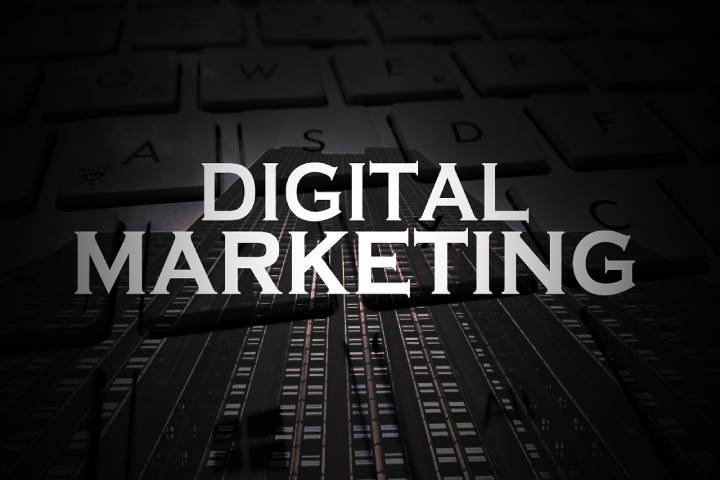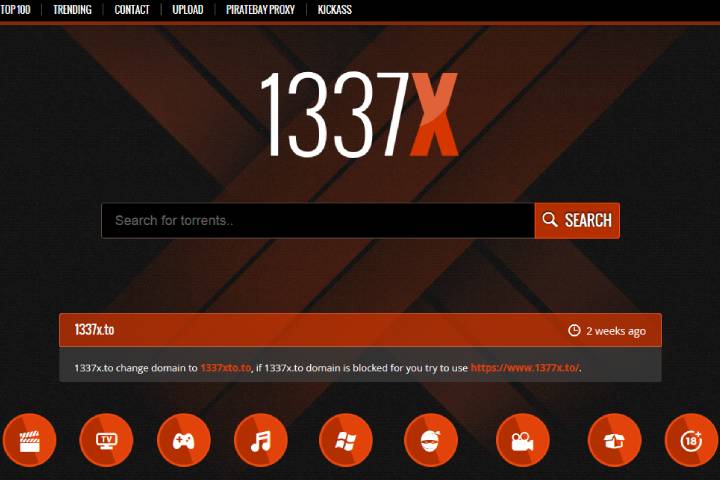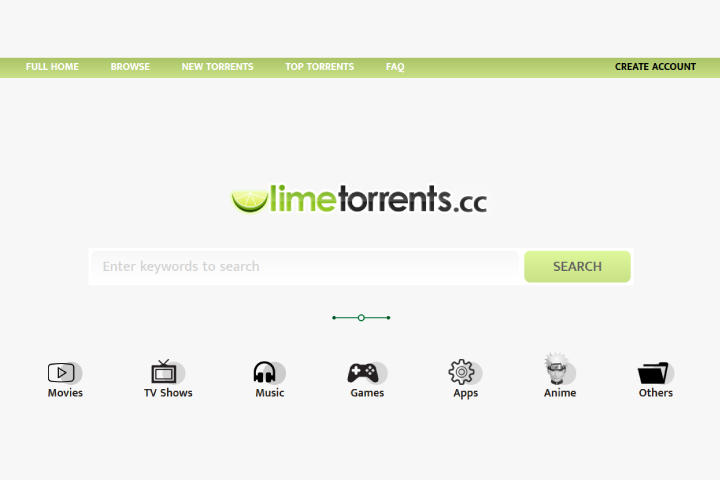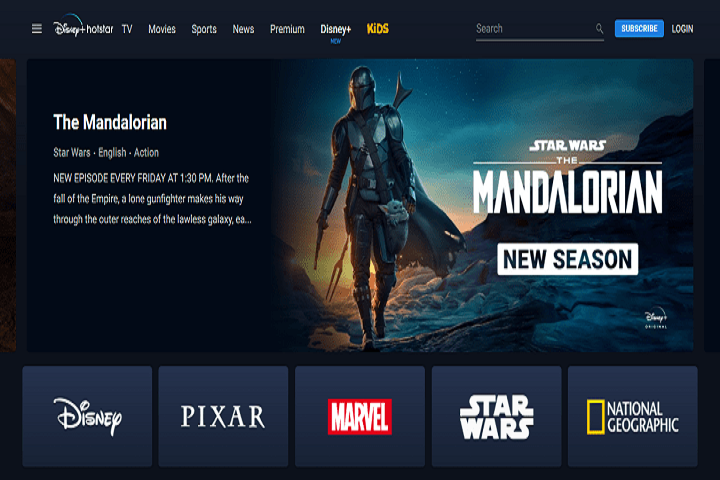Artificial Intelligence (AI)
Leveraging the Power of AI for Digital Asset Management
Leveraging the Power of AI for Digital Asset Management. Digital asset management is a process to store, organize, retrieve, and share digital assets.

Artificial Intelligence (AI) technologies are in the process of integrating into every field of work, including marketing workflows. AI, however, is not a replacement for a human workforce.
Instead, AI capabilities support your work by automating repetitive tasks, thus enabling marketers and developers to do more in less time. In this article, you’ll learn how AI improves digital asset management (DAM) tasks, and how to implement AI in DAM ecosystems properly.
Table of Contents
1. What Is Digital Asset Management?

Digital asset management (DAM) is a process you can use to store, organize, retrieve, and share digital assets. DAM uses a centralized content library that is accessible by employees, contractors, clients, and stakeholders. Assets stored in a DAM include images, audio, video, documents, and original files.
2. AI and Digital Asset Management
Artificial intelligence (AI) is the use of machine learning to perform tasks that were previously only capable of manual human effort. You can use AI technologies to automate and facilitate a variety of functions within DAM systems. AI can help organizations and teams retain control over significant amounts of data with less effort.
3. AI Technologies That Power Dynamic DAM Systems

Several AI technologies can be incorporated into DAM systems. The most commonly integrated technologies are covered below.
a) Smart Tagging
A tag is a piece of metadata that you use to classify and identify assets. Cards are used for searching, tracking, and sorting assets within your DAM. Smart tagging is the use of AI to apply these tags. It is based on API services offered by organizations such as Microsoft, Google, and Amazon.
These services use image recognition to determine the content of media and suggest appropriate tags. Image recognition technologies scan images to identify specific characteristics associated with a category or classification. AI then weighs these characteristics to determine the most likely content of the picture.
Some DAM systems enable you to incorporate business intelligence and marketing data to categorize assets with tags better. This can allow you to distribute content across multiple media channels automatically reliably.
b) OCR
Optical Character Recognition (OCR) is an AI technology you can use to identify text inside images. You can use it to extract text from images and convert that text to an editable document. Extracting text from images is not a new capability, but previously it could only be performed on images with defined structure or layout. OCR uses the same image recognition strategies that are used for smart tagging.
Modern AI, however, enables you to extract text more dynamically. This is possible because AI algorithms can learn from feedback supplied from previous text extractions. This feedback is applied to future removals, refining the sensitivity and accuracy of the OCR algorithm.
c) Natural Linguistics Processing (NLP)
NLP is a field of AI that deals with how computers process and analyze linguistic information. It is commonly used in speech to text conversion and chatbots. In a DAM system, you can use NLP to extract speech content from video or audio files. This content can then be used to create transcripts, subtitles, and captions. It can also be used as a guide for speech removal from files.
NLP capabilities incorporated in DAM systems can also enable you to serve content according to requests in a variety of languages. This can be accomplished through translations of search requests.
4. Best Practices for Implementing AI in a DAM
When incorporating AI into your DAM systems, there are several best practices you should follow. Below are the essential methods to start with.
a) Keep AI-Generated Metadata Separate
You should find a way to identify AI metadata separately from user-generated data. This enables you to verify the accuracy of your AI more efficiently and to ensure that tags are appropriate. By keeping metadata separate, you can ensure that your tagging is as reliable as possible and that user-generated tags are not automatically overwritten.
b) Track AI Like Your Users
You shouldn’t provide users unfettered access to your DAM; this is as true for AI. You need to be able to track the actions of your AI services and vendors to ensure the integrity of your data. Tracking can also help you identify when AI is not working correctly or if it is causing conflicts with other integrations or users.
c) Ensure That You Can Filter AI-Generated Metadata
You should be able to filter whether or not AI-generated metadata is used for searches, content serving, or analytics. Some users may not trust AI-generated data or may prefer to use only specific AI sources. Likewise, users may wish to use only AI-generated metadata created after an algorithm has been refined.
d) AI-Generated Metadata Should be Convertible
Many DAMs enable you to convert embedded metadata into a regular asset attribute, such as a keyword. This ability should extend to AI-generated metadata. Convertibility can help you ensure that AI-generated information remains available even if AI services are removed or changed. You may also wish to set protocols that automatically convert metadata once enough users have approved it.
e) Use Feedback to Improve Your AI Accuracy
Any AI services you use should improve over time. This could mean that algorithms are refined with each analysis or suggestion or that algorithms are periodically retrained. Sources of feedback can include manual audits, accumulated user verification of accuracy, or asset use statistics.
Check if you have specific tags that are consistently rejected, or assets that you know are relevant that aren’t’ being returned. Both of these situations can indicate a fault in your AI and can help you target areas for improvement.
5. Conclusion
AI enhances DAM systems with capabilities that save time and enable personalization. By delegating repetitive tasks to the machine, you can free up your time and focus on sophisticated and creative jobs. In many cases, once you set up an organization system, the AI mechanism will take care of the grunt work of classifying the assets. You can then set up a dynamic process that delivers personalized, and sometimes hyper-personalized, content to users.
-

 Instagram4 years ago
Instagram4 years agoBuy IG likes and buy organic Instagram followers: where to buy them and how?
-

 Instagram4 years ago
Instagram4 years ago100% Genuine Instagram Followers & Likes with Guaranteed Tool
-

 Business5 years ago
Business5 years ago7 Must Have Digital Marketing Tools For Your Small Businesses
-

 Instagram4 years ago
Instagram4 years agoInstagram Followers And Likes – Online Social Media Platform















